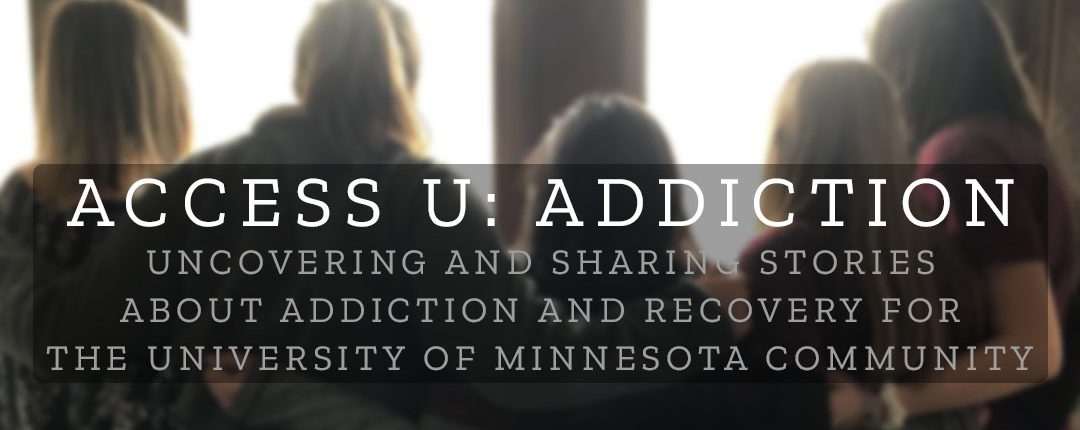A group of university Medical School students is pushing for the curriculum to include more on opioid use and treatment
By Eliana Schreiber
After realizing the potential for high-risk opioid abuse among patients, a group of University of Minnesota Medical School students is trying to change the culture within the medical community about prescribing opioids — starting in the classroom.
The five students who have been working on this effort found separate connections to the task of reforming how future doctors are trained to think about pain and opioid use.
But all agreed they saw plenty of problems from patients whose well-meaning doctors had prescribed opioids for procedures or pain years ago. In their clinical work during their early medical school training, all felt unprepared to treat and respond to the opioid addiction those patients presented.
Second-year medical student Andrea Tinsay said one of the first patients she ever saw during her clinical labs was a chronic opioid user.
“It was really hard for me to figure out how to respond,” Tinsay said. “I didn’t feel like I could engage with her in a meaningful way.”
The group is working on a memo to the medical school administration pushing to increase specific learning objectives about opioids into the curriculum for first- and second-year students to help them identify how best to prescribe opioids in the first place and how to recognize and manage issues of addiction.
According to a study conducted by the American Society of Addiction Medicine, drug overdose is the leading cause of accidental death in the U.S., with more than 52,000 overdoses in 2015. Of those deaths, 33,000 were opioid-related.
Another study from the National Center for Biotechnology Information found that between 21 and 29 percent of patients prescribed opioids for chronic pain misuse them, and 8 to 12 percent of that percentage develop an addiction.
Especially because of the prominence of the issue, Tinsay said she felt it was important to start addressing the issue earlier in medical education.
Tinsay and fellow second-year medical student Tom Schmidt had already been involved in the Hands-On Advocacy student group on campus, which also raised similar issues about the opioid crisis in Minnesota.
Schmidt said together, they have been working with faculty and administration to figure out how to incorporate more opioid education into the first- and second-year curriculum. He said that it can be challenging to figure out how to rearrange topics in the curriculum because there is already so much information packed into the first two years of school.
While Schmidt said he would ideally like to eliminate problems like opioid abuse, he stressed the importance of dealing with the problems and trying to change the culture among doctors around opioid use and abuse.
In the 1990s, drug-manufacturing companies convinced medical practitioners that patients couldn’t become addicted to prescription opioid pain medication. Because of this misinformation, many doctors began to prescribe opioids at much higher rates, which many critics argue is partially to blame for what has now become an epidemic in the U.S.
Dave Bergstrand, another second-year medical student working on the policy change, said he felt a personal responsibility to change the curriculum after knowing several people who died from opioid overdose in the past few years.
Bergstrand said he felt uncomfortable not knowing how to talk about and prevent issues related to opioid overdose with patients. He became involved with the project after attending medical school lectures on the topic.
“I knew as much as my friends and my parents about the opioid epidemic,” Bergstrand said. “The only information I was getting was from the news and from my friends.”
